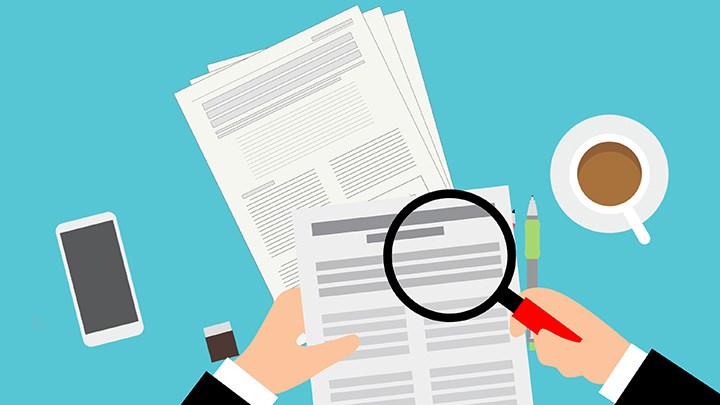Avoiding plagiarism

Plagiarism is a form of cheating and a serious violation of good academic practice. Because plagiarism may lead to disciplinary action, such as a warning or suspension, you need to learn how to handle your sources correctly. This page provides information on what is regarded as plagiarism and how it can be avoided.
What is plagiarism?
Plagiarism is presenting someone else’s ideas, texts, data, or graphics as your own. You may be suspected of plagiarism when:
- Paraphrasing or quoting a source without providing a citation
- Quoting a source directly without indicating that it is a quotation
- Pretending to paraphrase and cite a source while really using most of the source text as it is, by switching around words, phrases or sentences, removing some words, or substituting a few words for synonyms. This is known as patchwriting: instead of focusing on the content of the sources you use and how these fit into your text, you have focused on reformulating your source material.
- Directly translating from another language without indicating that it is a quotation.
- Submitting someone else’s text as your own.
- Submitting the same text or parts of a text for different examinations, without your lecturers’ approval. This is called self-plagiarism and is also regarded as cheating.
Students often unintentionally handle their sources incorrectly. This may happen because they rush to complete an assignment, have insufficient knowledge of paraphrasing and citation techniques, are uncertain about what is regarded as plagiarism, or have too little confidence in their subject knowledge and writing abilities.
How do I avoid plagiarism?
Learning how to use sources correctly is a vital part of all university studies. It is your responsibility to acknowledge sources correctly and according to the traditions of the subjects you study.


